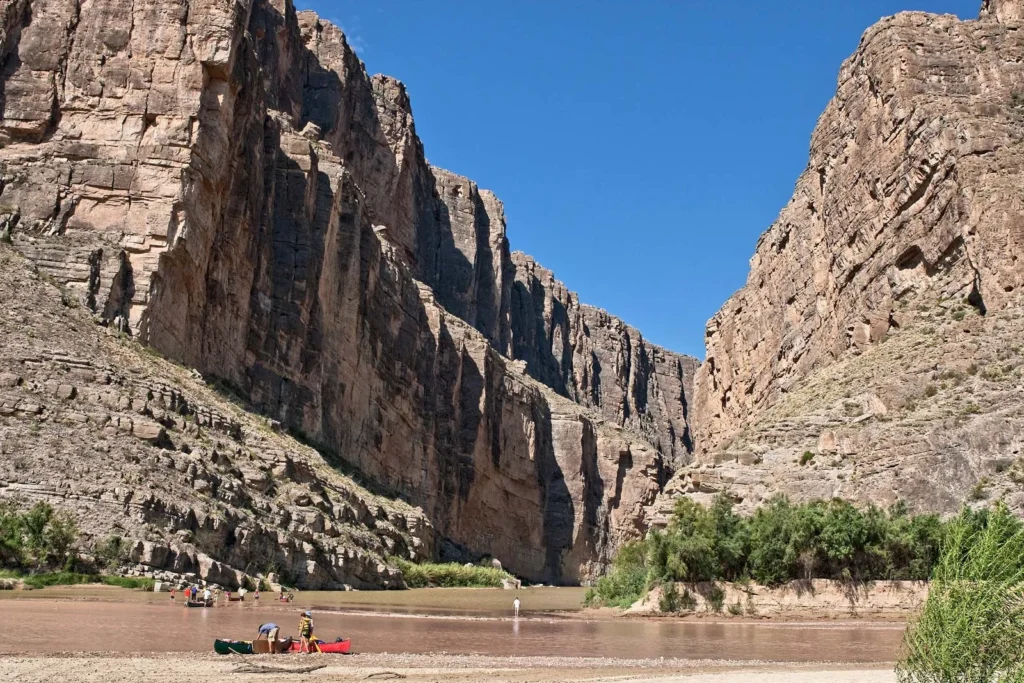
Discovering the Beauty of Big Bend National Park
Nestled in the rugged terrain of West Texas, Big Bend National Park is a treasure trove of natural wonders. Stretching across over 800,000 acres, this park is renowned for its stunning landscapes, diverse ecosystems, and rich cultural history. Whether you’re an avid hiker, a passionate stargazer, or someone seeking a serene retreat, Big Bend National Park offers something for everyone. Let’s dive into what makes this park an extraordinary destination and how you can plan your trip.
A Landscape Like No Other
Big Bend National Park is a harmonious blend of desert, mountain, and river environments. The Chihuahuan Desert, one of the largest deserts in North America, dominates much of the park with its expansive arid landscapes dotted with yuccas, ocotillos, and cacti. Towering above the desert plains, the Chisos Mountains form the heart of the park, offering lush greenery and cooler temperatures. Meanwhile, the Rio Grande carves its way through the southern boundary, creating stunning canyons and providing a lifeline for the park’s flora and fauna.
Top Attractions in Big Bend National Park
1. Santa Elena Canyon
One of the park’s most iconic landmarks, Santa Elena Canyon, offers breathtaking views and a tranquil setting. The canyon walls rise dramatically up to 1,500 feet, and the Rio Grande flows serenely between them. A popular trail, the Santa Elena Canyon Trail, takes visitors along the river and into the heart of the canyon. The hike is relatively easy, making it suitable for families and casual adventurers.
2. The Lost Mine Trail
For those seeking panoramic views, the Lost Mine Trail is a must-visit. This moderately challenging 4.8-mile round trip hike rewards visitors with stunning vistas of the Chisos Mountains and Juniper Canyon. Along the way, you’ll encounter unique rock formations and a diverse array of plant and animal life.
3. Hot Springs Historic District
Step back in time by visiting the Hot Springs Historic District. Located along the Rio Grande, this area features historic ruins of a former health resort and pictographs left behind by Native Americans. The hot springs themselves offer a relaxing soak with views of the river and surrounding desert.
4. Ross Maxwell Scenic Drive
This 30-mile drive is the perfect way to explore the park’s diverse landscapes without breaking a sweat. Along the route, you’ll encounter dramatic vistas, historical sites, and opportunities for short hikes. Highlights include the Mule Ears Overlook, Tuff Canyon, and the historic Sam Nail Ranch.
Flora and Fauna
Big Bend National Park is home to an incredible variety of plants and animals. Over 1,200 plant species, 450 bird species, 75 mammal species, and 56 reptile species call the park home. During spring, the desert comes alive with blooming wildflowers, creating a vibrant tapestry of colors. Keep an eye out for roadrunners, javelinas, and even the elusive mountain lion.
The park is also an International Dark Sky Park, making it a haven for stargazers. On clear nights, the Milky Way stretches across the sky in all its glory, offering an unparalleled celestial experience.
Outdoor Adventures
Hiking
With over 150 miles of trails, Big Bend offers hikes for all skill levels. From easy nature walks like the Window View Trail to challenging backcountry treks such as the Outer Mountain Loop, there’s no shortage of options for exploration.
River Activities
The Rio Grande provides a range of activities, including canoeing, kayaking, and rafting. Popular routes include the Santa Elena Canyon and the Lower Canyons, both of which offer a unique perspective of the park’s geology and landscapes.
Camping
Big Bend boasts several campgrounds, as well as opportunities for backcountry camping. Campgrounds like Chisos Basin and Rio Grande Village offer modern amenities, while primitive sites provide a more rugged experience.
Cultural History
Big Bend’s human history is as rich as its natural beauty. The area has been inhabited for thousands of years, with evidence of Paleo-Indian settlements dating back over 10,000 years. Over time, Native American tribes, Spanish explorers, Mexican settlers, and American ranchers have all left their mark on the region. Visitors can explore archaeological sites, historic structures, and museums that tell the story of Big Bend’s diverse heritage.
Planning Your Visit
When planning your trip to Big Bend National Park, timing is everything. Spring and fall are the most popular seasons, offering mild temperatures and blooming wildflowers. Summer can be scorching, especially in the desert areas, while winter nights can get quite cold. Be sure to pack accordingly and stay hydrated.
Getting There
The nearest major airport to Big Bend is Midland International Air and Space Port, located about 235 miles away. From there, you’ll need to rent a car and drive to the park. Another option is flying into El Paso, which is approximately 300 miles away. To compare flight options, visit Skyscanner for the best deals on airfare.
Where to Stay
While Big Bend offers several campgrounds, there are also lodging options outside the park. The Chisos Mountains Lodge is the only hotel within the park and offers breathtaking views. Nearby towns like Terlingua and Marathon provide additional accommodations, ranging from quaint bed-and-breakfasts to luxurious resorts. For the best rates and availability, check out Booking.com.
Tips for a Memorable Experience
- Plan Ahead: Big Bend is remote, so make sure to stock up on food, water, and fuel before entering the park.
- Check the Weather: Conditions can change rapidly, especially in the mountains. Always be prepared for sudden temperature drops or storms.
- Respect Wildlife: Keep a safe distance from animals and never feed them. This helps protect both visitors and the park’s ecosystem.
- Leave No Trace: Practice responsible tourism by packing out all trash and minimizing your impact on the environment.
- Stay Informed: Stop by the visitor centers to learn about trail conditions, safety tips, and ranger-led programs.
Conclusion
Big Bend National Park is a destination that truly has it all: awe-inspiring landscapes, incredible biodiversity, and a fascinating history. Whether you’re hiking through desert trails, paddling along the Rio Grande, or simply soaking in the beauty of the night sky, the park offers an unforgettable experience. So pack your bags, plan your trip, and get ready to explore one of the most unique and beautiful places in the United States.
Start planning your adventure today by finding flights on Skyscanner and booking accommodations through Booking.com. Big Bend National Park is waiting to welcome you to its vast and magical wilderness.





